Home>Furniture & Design>Interior Design Trends>How Beach Glass Is Made
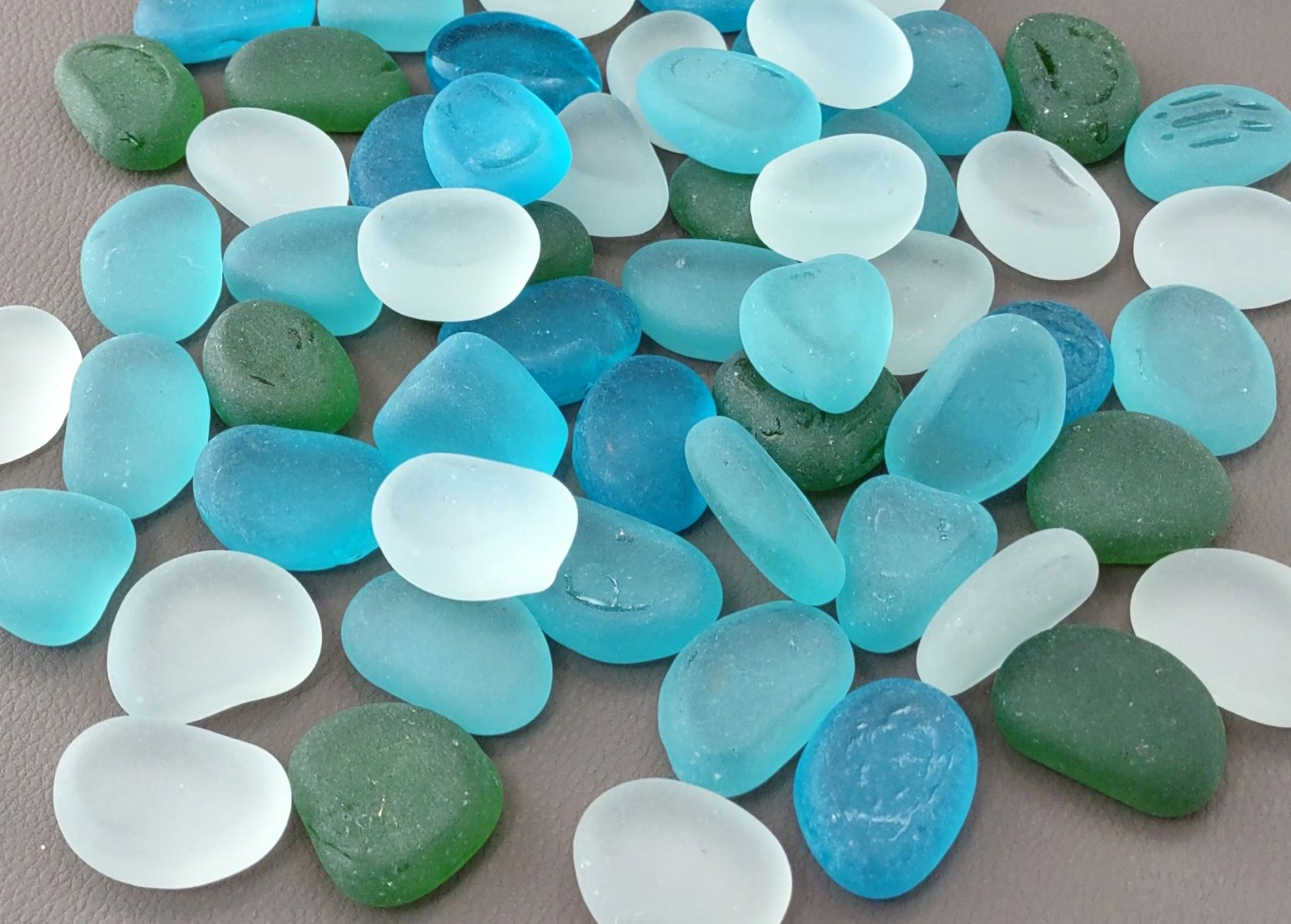

Interior Design Trends
How Beach Glass Is Made
Modified: April 21, 2024
Discover the latest interior design trends and learn how beach glass is made. Explore unique and sustainable decor ideas for your home.
(Many of the links in this article redirect to a specific reviewed product. Your purchase of these products through affiliate links helps to generate commission for Storables.com, at no extra cost. Learn more)
Introduction
Beach glass, also known as sea glass, is a fascinating and beautiful natural treasure that has captivated beachcombers and collectors for centuries. Its smooth, frosted appearance and vibrant colors make it a sought-after material for various decorative and artistic purposes. Understanding the origins and characteristics of beach glass adds to its allure, making it a topic of interest for both enthusiasts and those curious about the natural world.
The allure of beach glass lies in its mysterious journey from discarded glass to a polished gem-like treasure. This article will delve into the intriguing process of beach glass formation, the factors that influence its creation, where it can be found, and the myriad of ways in which it is utilized. Whether you're a seasoned collector or simply intrigued by the beauty of beach glass, this exploration will provide valuable insights into this captivating natural phenomenon.
Key Takeaways:
- Beach glass, also known as sea glass, is formed through the natural process of waves and sand smoothing discarded glass, creating beautiful, frosted treasures found on shorelines worldwide.
- The diverse factors affecting beach glass formation, such as the type of glass, environmental conditions, and human activity, contribute to the unique and captivating varieties of beach glass waiting to be discovered.
Read more: What Is Beach Glass
What is Beach Glass?
Beach glass, also referred to as sea glass, is a type of weathered glass that has been naturally tumbled and polished by the action of waves, sand, and time. It is commonly found along shorelines, particularly in areas where the glass has been discarded or lost at sea. The distinctive appearance of beach glass sets it apart from newly manufactured glass, as it possesses a smooth, frosted texture and often exhibits vibrant hues, such as seafoam green, cobalt blue, and amber.
The origins of beach glass can be traced back to discarded glass bottles, jars, and other glassware that found their way into bodies of water. Over time, the glass undergoes a remarkable transformation, as the abrasive action of the waves and sand gradually erodes its sharp edges and smooths its surface. This process can take several years, or even decades, depending on the specific environmental conditions and the composition of the glass.
One of the most intriguing aspects of beach glass is its connection to human history and the maritime world. Each piece of beach glass carries a unique story, reflecting the bygone era of glass manufacturing and the activities of coastal communities. As a result, beach glass holds a special allure for collectors and enthusiasts, who are drawn to its aesthetic appeal and the sense of discovery it evokes.
In essence, beach glass represents a harmonious blend of nature's transformative forces and the enduring legacy of human civilization. Its enchanting beauty and historical significance make it a cherished material for artisans, jewelry makers, and anyone with an appreciation for the wonders of the natural world. Whether found in small fragments or larger, more substantial pieces, beach glass continues to captivate and inspire those who encounter it along the world's shorelines.
Formation of Beach Glass
Beach glass, also known as sea glass, undergoes a remarkable transformation through a natural process that imbues it with its distinctive characteristics. The journey of beach glass begins with discarded glass items, such as bottles, jars, and glassware, finding their way into bodies of water, where they are subjected to the relentless forces of nature.
The formation of beach glass is a testament to the enduring power of the elements. As the glass fragments are tumbled and buffeted by the ebb and flow of the waves, they undergo a process of abrasion and erosion. This process, often facilitated by the presence of sand and other abrasive materials, gradually wears down the sharp edges of the glass, resulting in a smooth, frosted appearance that distinguishes beach glass from newly manufactured glass.
The key to beach glass formation lies in the combination of mechanical action and chemical reactions. The constant agitation and friction caused by the waves and sand gradually wear away the surface of the glass, while also exposing it to the effects of the surrounding environment. Over time, the glass undergoes a series of physical and chemical changes, including leaching of soluble components and the formation of a patina, which contributes to its unique appearance and texture.
The specific conditions in which beach glass forms play a crucial role in shaping its final characteristics. Factors such as the type of glass, the composition of the surrounding environment, and the duration of exposure to the elements all influence the appearance and quality of the beach glass. For instance, glass fragments exposed to saltwater and intense wave action may undergo a more rapid transformation compared to those in calmer, freshwater environments.
The process of beach glass formation is a testament to the resilience of glass as a material, as well as the transformative power of natural forces. Each piece of beach glass bears the marks of its journey, reflecting the interplay of human activity, environmental processes, and the passage of time. This captivating transformation imbues beach glass with a sense of history and mystery, making it a cherished and sought-after material for collectors, artisans, and anyone who appreciates the beauty of nature's handiwork.
Factors Affecting Beach Glass Formation
The formation of beach glass is a complex and dynamic process influenced by a myriad of factors that shape its unique characteristics. Understanding these factors provides valuable insights into the diverse origins and qualities of beach glass found along shorelines worldwide.
-
Type of Glass: The composition of the original glass material significantly impacts the formation of beach glass. Glass with a higher silica content tends to undergo more pronounced weathering, resulting in a smoother and more translucent appearance. In contrast, glass with additives or impurities may exhibit distinct patterns of erosion and coloration, contributing to the diverse array of beach glass varieties.
-
Environmental Conditions: The specific environmental conditions in which glass fragments are exposed play a crucial role in shaping the formation of beach glass. Factors such as the salinity of the water, the intensity of wave action, and the presence of abrasive materials all contribute to the rate and extent of glass weathering. Coastal areas with strong wave activity and abundant sand tend to yield a greater abundance of well-weathered beach glass, while inland or sheltered locations may produce glass with different characteristics.
-
Duration of Exposure: The length of time that glass fragments are subjected to the erosive forces of the environment directly influences the degree of beach glass formation. Prolonged exposure to the elements allows for more extensive weathering and smoothing of the glass surfaces, resulting in a finer quality of beach glass with a highly polished appearance. Conversely, shorter exposure periods may yield glass pieces with rougher textures and less pronounced frosted effects.
-
Geological Factors: The geological composition of the shoreline and seabed can impact the formation of beach glass. Coastal areas with rocky or volcanic substrates may produce beach glass with unique surface patterns and textures, influenced by the interaction between the glass and the underlying geological formations. Additionally, the presence of natural sediments and minerals can contribute to the coloration and patina of beach glass, adding to its visual appeal.
-
Human Activity: The historical and contemporary human activities in coastal regions also play a role in beach glass formation. Areas with a history of maritime trade, industrial activity, or recreational beach use may yield beach glass with distinct origins and characteristics, reflecting the interactions between human civilization and the natural environment.
By considering these diverse factors, it becomes evident that beach glass formation is a multifaceted process shaped by the interplay of natural, geological, and anthropogenic influences. The intricate combination of these factors gives rise to the rich diversity of beach glass varieties found across the world's shorelines, each bearing the unique imprint of its environmental and historical context.
Where to Find Beach Glass
Beach glass, with its alluring beauty and intriguing origins, can be discovered in a variety of coastal settings around the world. The search for beach glass often leads enthusiasts and collectors to shorelines with specific characteristics that favor the accumulation of these prized treasures. Whether you're a seasoned beachcomber or a curious traveler, exploring the following locations may yield rewarding encounters with beach glass:
Read more: How To Find Beach Glass
1. Coastal Beaches:
Coastal beaches, particularly those exposed to the relentless forces of the ocean, are prime locations for finding beach glass. The continuous action of waves and tides serves to agitate and polish glass fragments, gradually transforming them into smooth, frosted treasures. Look for beaches with a history of maritime activity, as they often yield a diverse array of beach glass with unique colors and textures.
2. Estuarine Environments:
Estuaries, where rivers meet the sea, offer a rich hunting ground for beach glass enthusiasts. The mixing of freshwater and saltwater in estuarine environments creates dynamic conditions that contribute to the weathering and smoothing of glass fragments. Additionally, the presence of sediments and natural debris in estuaries can enhance the patina and coloration of beach glass, adding to the allure of these coastal gems.
3. Offshore Islands:
Offshore islands, particularly those situated in areas of historical maritime activity, are known for their abundance of beach glass. The isolation and exposure to oceanic forces make these islands ideal locations for discovering well-weathered and polished beach glass. Exploring the shores of offshore islands often yields unique and rare specimens, making it a rewarding destination for beach glass enthusiasts.
4. Sheltered Coves and Bays:
While the search for beach glass often focuses on exposed coastlines, sheltered coves and bays can also harbor hidden treasures. The calmer waters in these sheltered environments may yield beach glass with distinct characteristics, reflecting the interplay of local geological and environmental factors. Exploring the nooks and crannies of sheltered coves can lead to delightful discoveries of beach glass in unexpected settings.
Read more: How Is Candy Glass Made
5. Historical Coastal Sites:
Coastal areas with a rich history of human activity, such as old fishing villages, port towns, and historical settlements, often hold a wealth of beach glass waiting to be discovered. The remnants of maritime trade, industrial activities, and discarded glassware from bygone eras contribute to the abundance of beach glass in these historically significant locations. Exploring the beaches near such sites can unveil a treasure trove of beach glass with compelling stories to tell.
By venturing to these diverse coastal settings, beach glass enthusiasts can embark on a captivating journey of discovery, uncovering the beauty and history of these natural treasures. Whether strolling along a windswept shoreline or exploring the hidden coves of a remote island, the quest for beach glass offers a unique opportunity to connect with the natural world and the enduring legacy of human civilization.
Uses of Beach Glass
Beach glass, with its enchanting beauty and rich historical significance, serves as a versatile and cherished material for a wide range of creative and practical applications. The unique qualities of beach glass, including its smooth texture, vibrant colors, and intriguing origins, make it a sought-after resource for artisans, designers, and individuals seeking to incorporate a touch of coastal elegance into their lives.
1. Jewelry and Accessories:
One of the most popular uses of beach glass is in the creation of exquisite jewelry and accessories. Skilled artisans transform carefully selected pieces of beach glass into stunning pendants, earrings, bracelets, and rings, showcasing the natural beauty of the glass while adding a touch of coastal charm to wearable art. The smooth, frosted appearance of beach glass, combined with its array of colors, lends itself to unique and eye-catching jewelry designs that evoke the serene beauty of the ocean.
2. Home Decor and Art:
Beach glass finds its way into a myriad of home decor and art pieces, adding a touch of coastal elegance to interior spaces. From mosaic artworks and stained glass windows to decorative vases and table centerpieces, beach glass serves as a versatile medium for expressing creativity and infusing living spaces with a sense of tranquility and natural beauty. The vibrant hues and tactile appeal of beach glass make it a captivating element in artistic compositions, bringing a touch of the seaside into homes and public spaces.
Read more: How Is A Glass Cup Made
3. Crafts and DIY Projects:
For hobbyists and DIY enthusiasts, beach glass offers endless possibilities for creative projects. Whether used in crafting unique wind chimes, embellishing photo frames, or creating personalized gifts, beach glass adds a touch of whimsy and nostalgia to handmade creations. Its smooth, weathered appearance and varied colors make it a versatile material for adding a touch of coastal flair to a wide range of craft projects, inspiring creativity and fostering a connection to the natural world.
4. Coastal Landscaping and Garden Decor:
In outdoor settings, beach glass can be incorporated into landscaping and garden decor, adding a touch of seaside charm to gardens and outdoor spaces. From ornamental pathways and mosaic stepping stones to decorative accents in flower beds and water features, beach glass lends a distinctive coastal aesthetic to outdoor environments. Its weathered appearance and vibrant colors create visually appealing focal points that evoke the tranquility of coastal landscapes.
5. Environmental Awareness and Education:
Beyond its artistic and decorative uses, beach glass also serves as a poignant reminder of the importance of environmental conservation and ocean stewardship. By incorporating beach glass into educational initiatives and awareness campaigns, its origins as discarded glass transformed by the forces of nature can serve as a powerful symbol of the need for sustainable practices and the preservation of marine ecosystems. Through creative educational programs and environmental initiatives, beach glass becomes a tangible representation of the interconnectedness between human actions and the natural world.
In essence, the uses of beach glass extend far beyond its aesthetic appeal, encompassing a diverse range of creative, practical, and educational applications. Whether adorning jewelry, enhancing interior decor, inspiring artistic expressions, or promoting environmental awareness, beach glass continues to captivate and inspire individuals with its timeless allure and enduring legacy as a cherished natural treasure.
Conclusion
In conclusion, the allure of beach glass lies not only in its enchanting beauty and vibrant colors but also in the rich tapestry of history and natural transformation that each piece embodies. The journey of beach glass, from discarded glass fragments to polished treasures adorning shorelines, reflects the enduring interplay of human civilization, environmental forces, and the resilience of natural materials.
The formation of beach glass, shaped by the relentless action of waves, sand, and time, is a testament to the transformative power of the elements. Each piece of beach glass bears the marks of its unique journey, carrying with it the stories of bygone eras, maritime activities, and the enduring legacy of human interaction with the coastal environment. This inherent connection to history and the natural world imbues beach glass with a sense of mystery and wonder, captivating collectors, artisans, and beachcombers alike.
The diverse factors influencing beach glass formation, including the type of glass, environmental conditions, duration of exposure, geological factors, and human activity, contribute to the rich diversity of beach glass varieties found across the world's shorelines. This multifaceted process underscores the intricate interplay of natural, geological, and anthropogenic influences, shaping the unique characteristics of beach glass and adding to its allure as a prized natural treasure.
The search for beach glass, whether along coastal beaches, estuarine environments, offshore islands, sheltered coves, or historical coastal sites, offers a captivating journey of discovery and connection with the natural world. Each encounter with beach glass unveils the beauty and history of these coastal gems, fostering a deeper appreciation for the enduring legacy of human civilization and the transformative forces of nature.
Furthermore, the versatile uses of beach glass, ranging from jewelry and home decor to crafts, DIY projects, and environmental initiatives, highlight its enduring appeal as a cherished material for creative expression, coastal embellishment, and environmental awareness. The timeless allure of beach glass continues to inspire individuals to connect with the natural world, infusing their lives with the tranquility and beauty of the seaside.
In essence, beach glass stands as a poignant symbol of the harmonious convergence of human history, natural transformation, and creative inspiration. Its enduring legacy as a cherished natural treasure serves as a reminder of the interconnectedness between human actions and the environment, inviting us to appreciate the beauty of the coastal landscape and the transformative power of the elements.
Frequently Asked Questions about How Beach Glass Is Made
Was this page helpful?
At Storables.com, we guarantee accurate and reliable information. Our content, validated by Expert Board Contributors, is crafted following stringent Editorial Policies. We're committed to providing you with well-researched, expert-backed insights for all your informational needs.
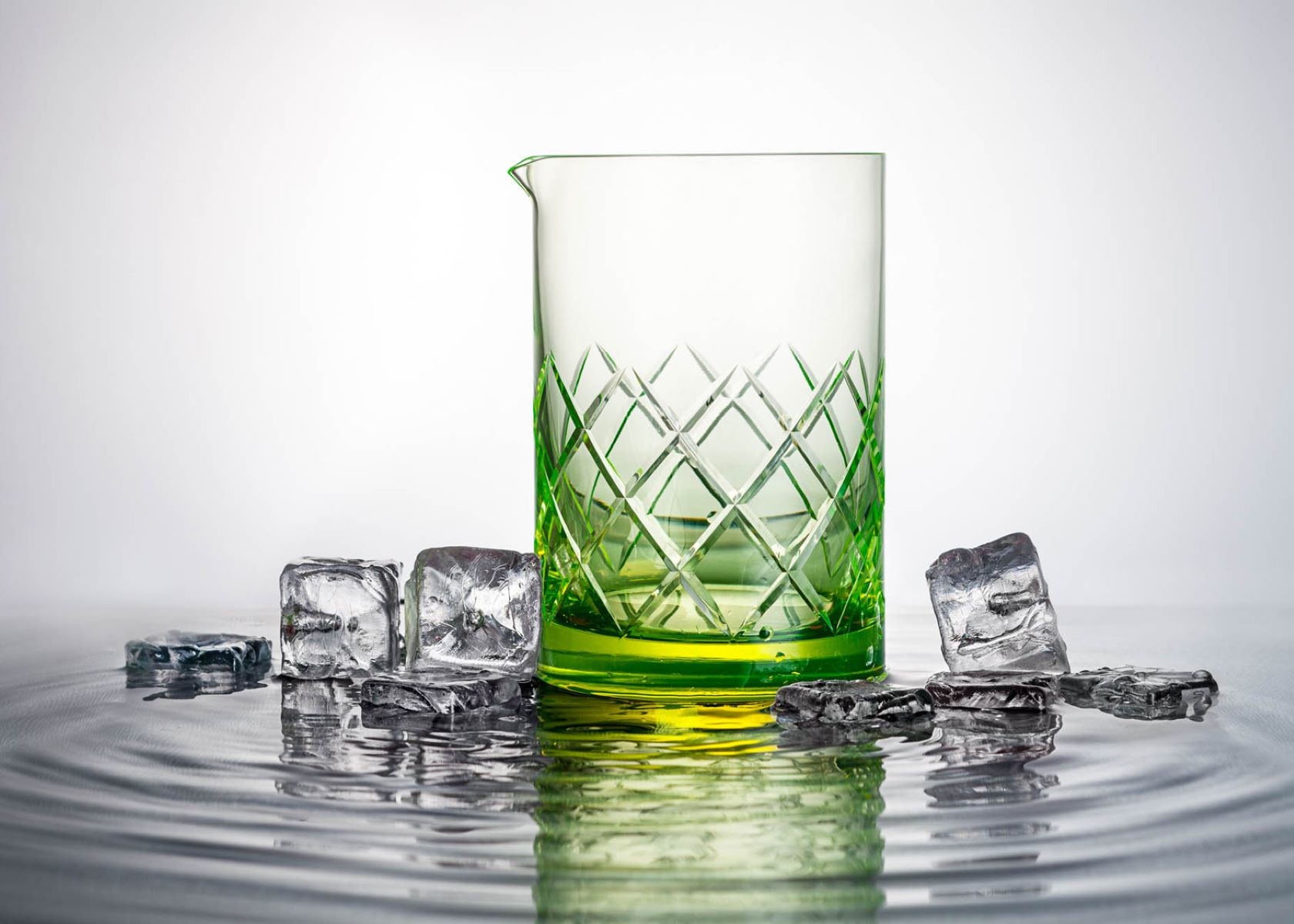
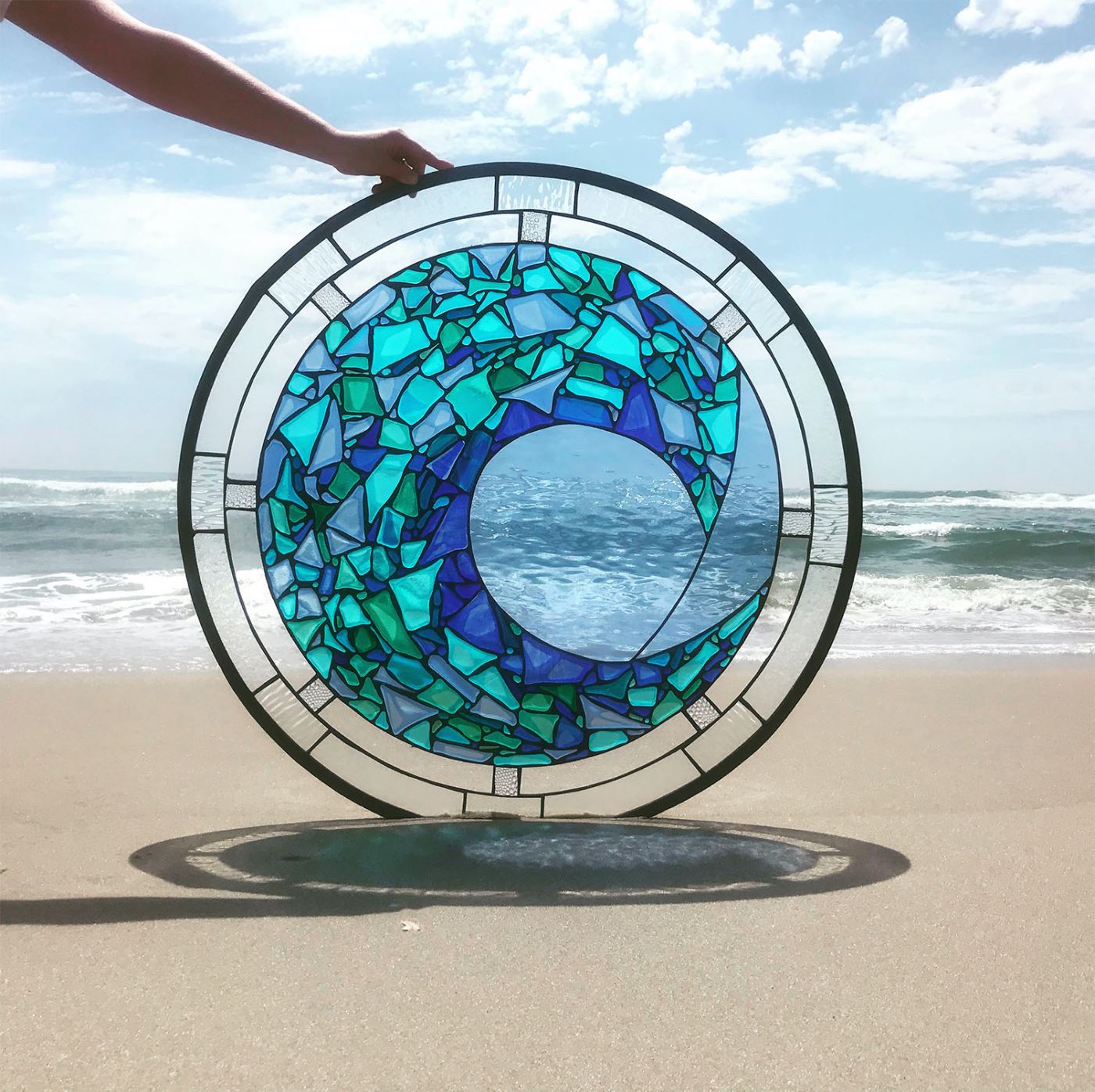
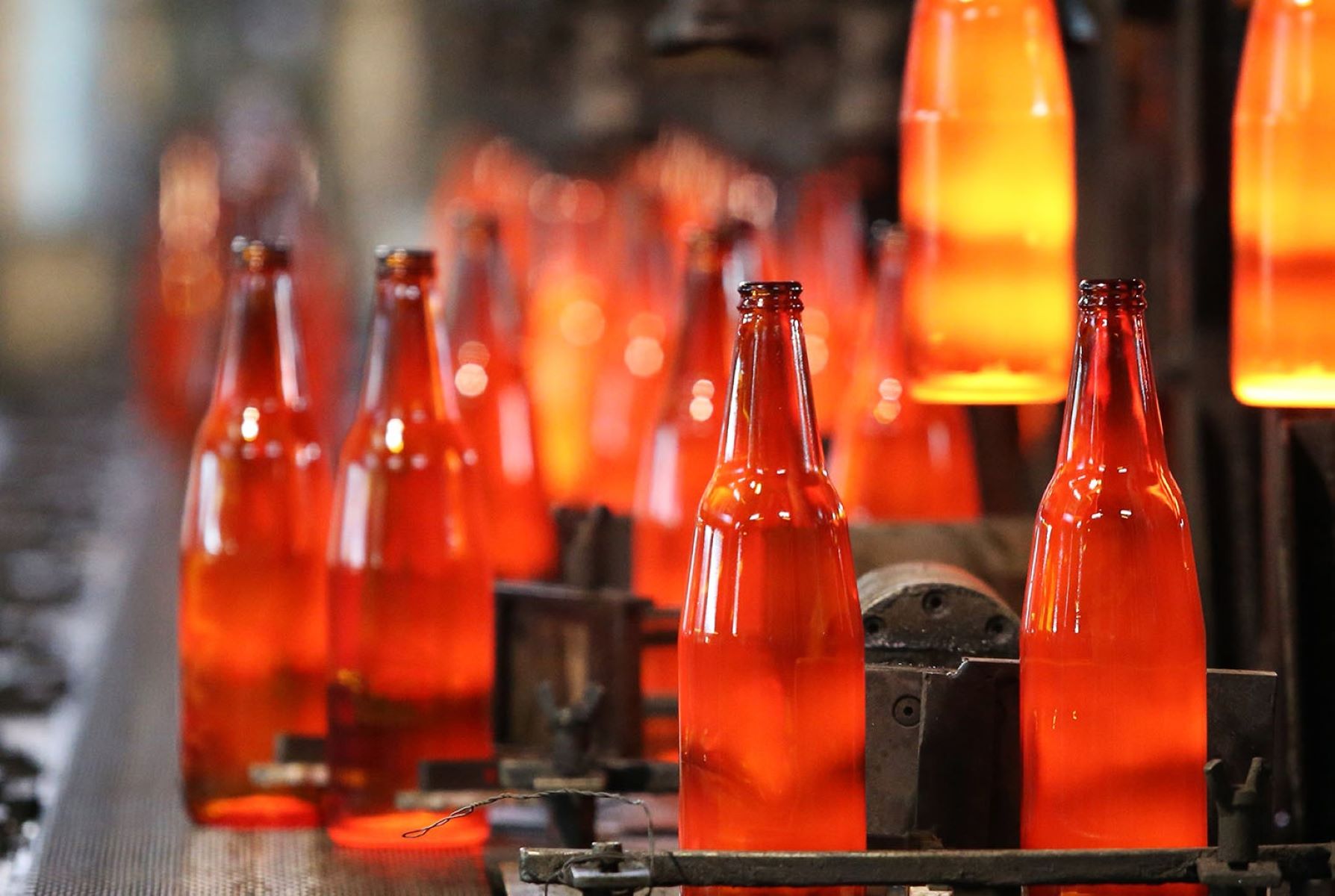
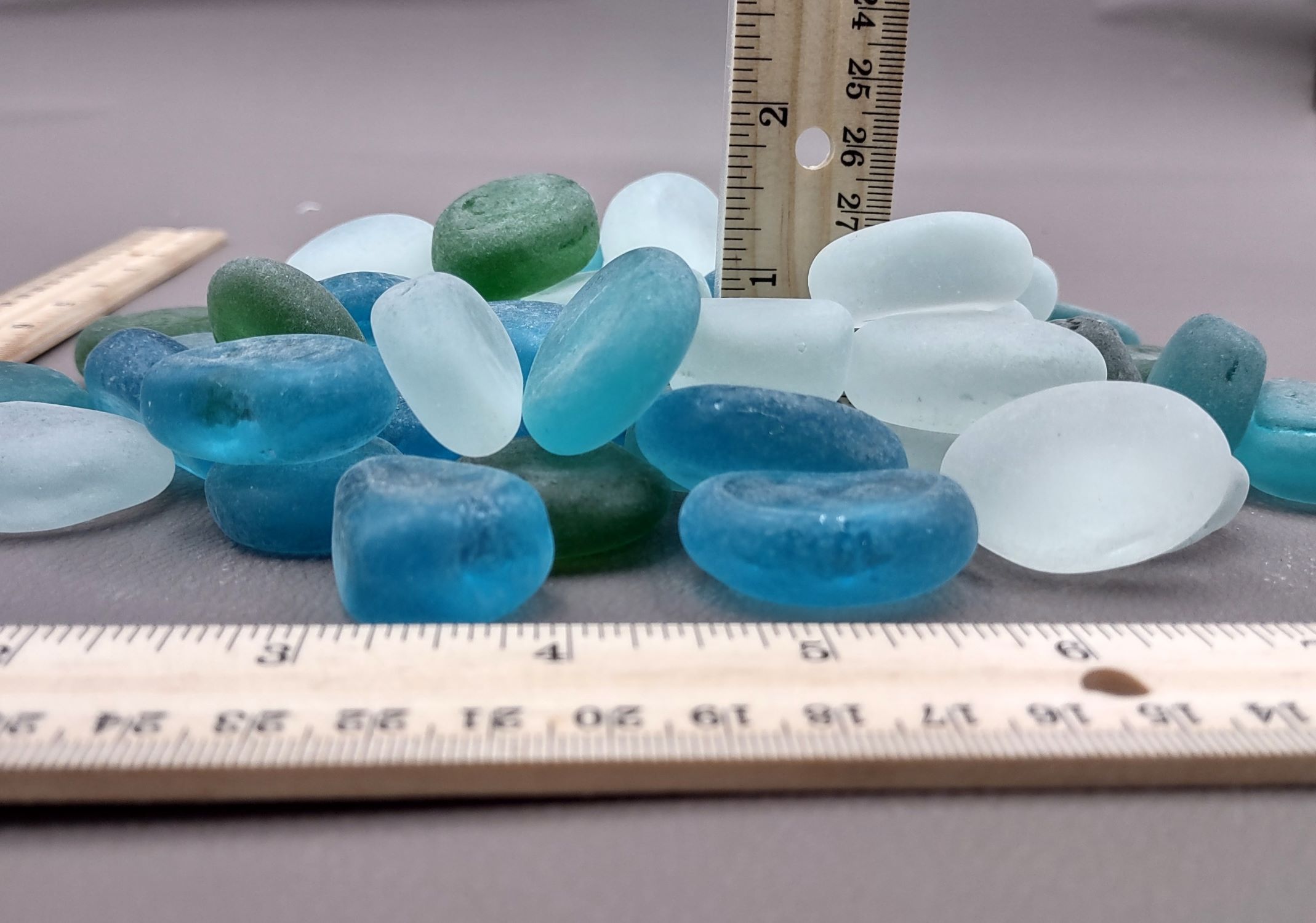
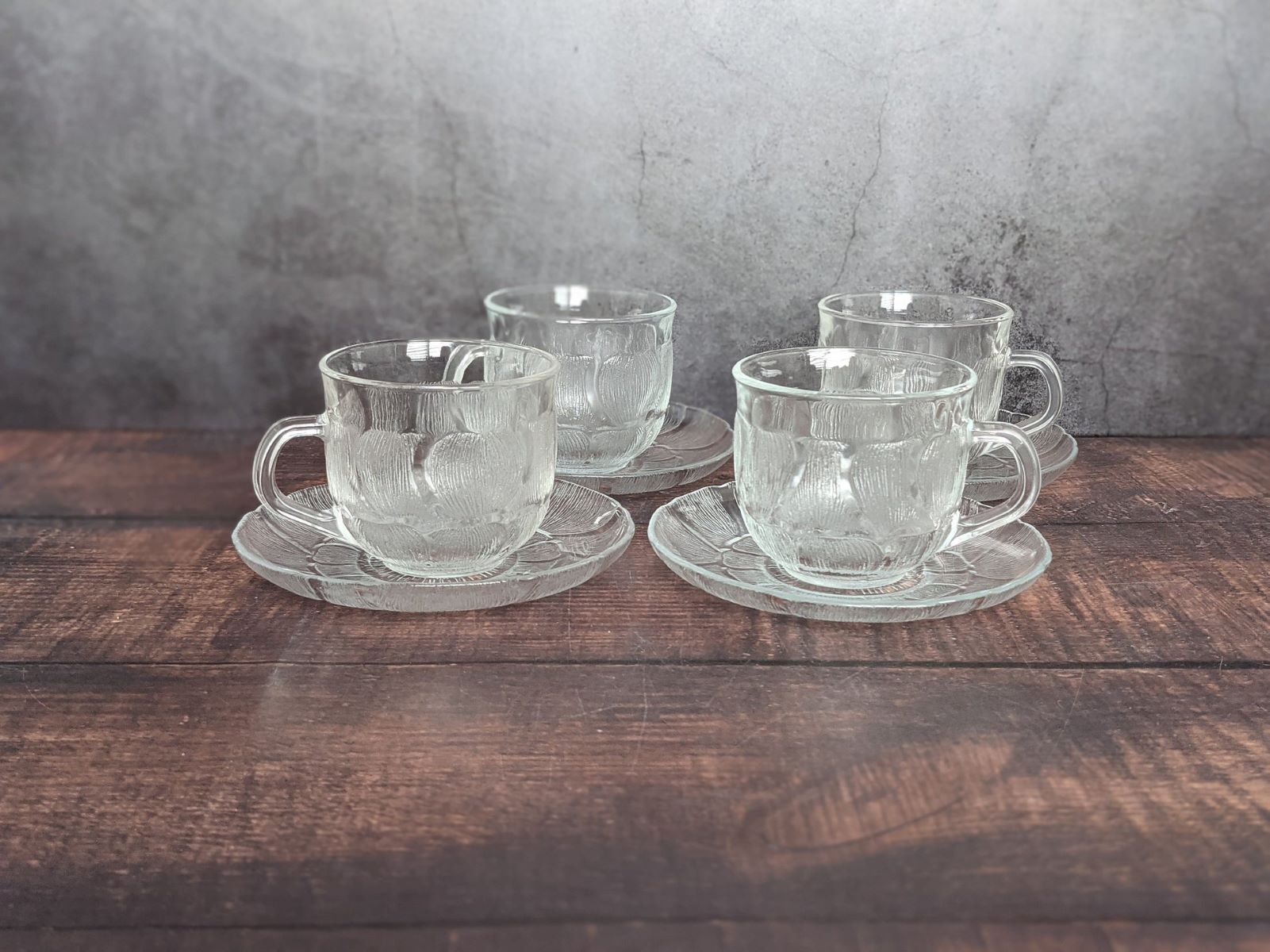

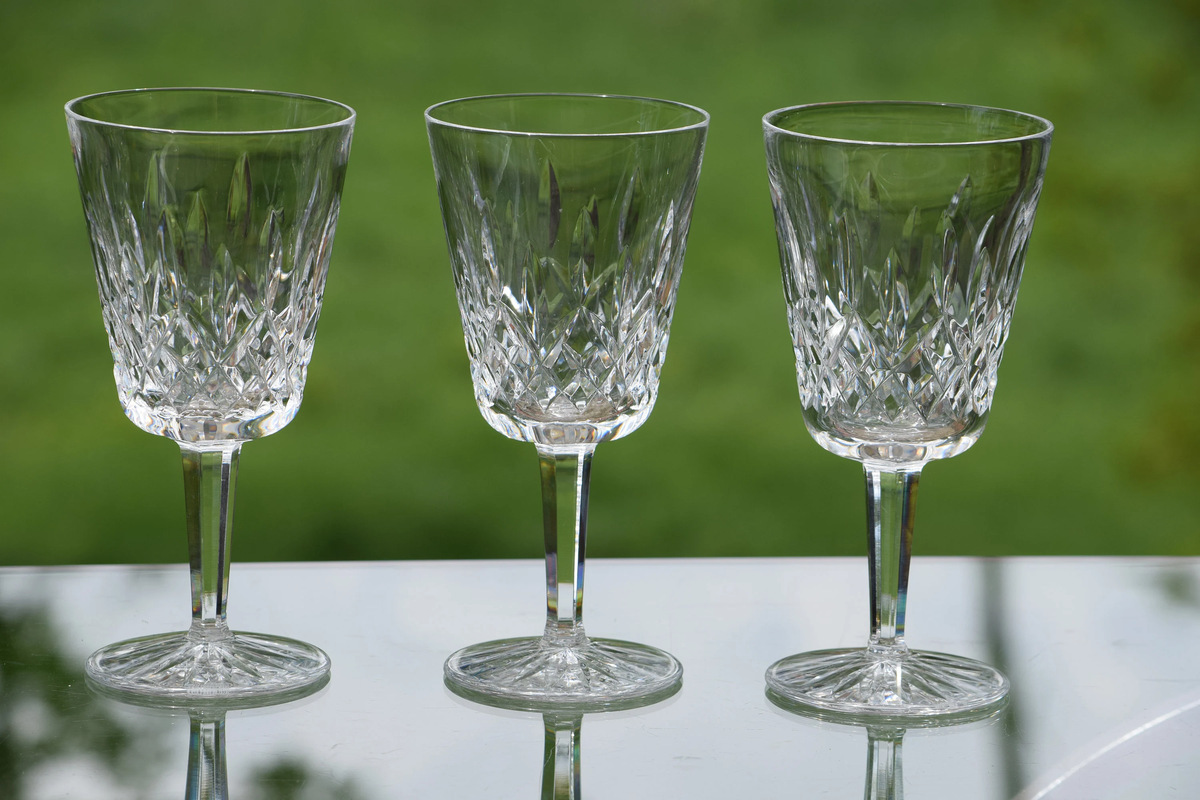

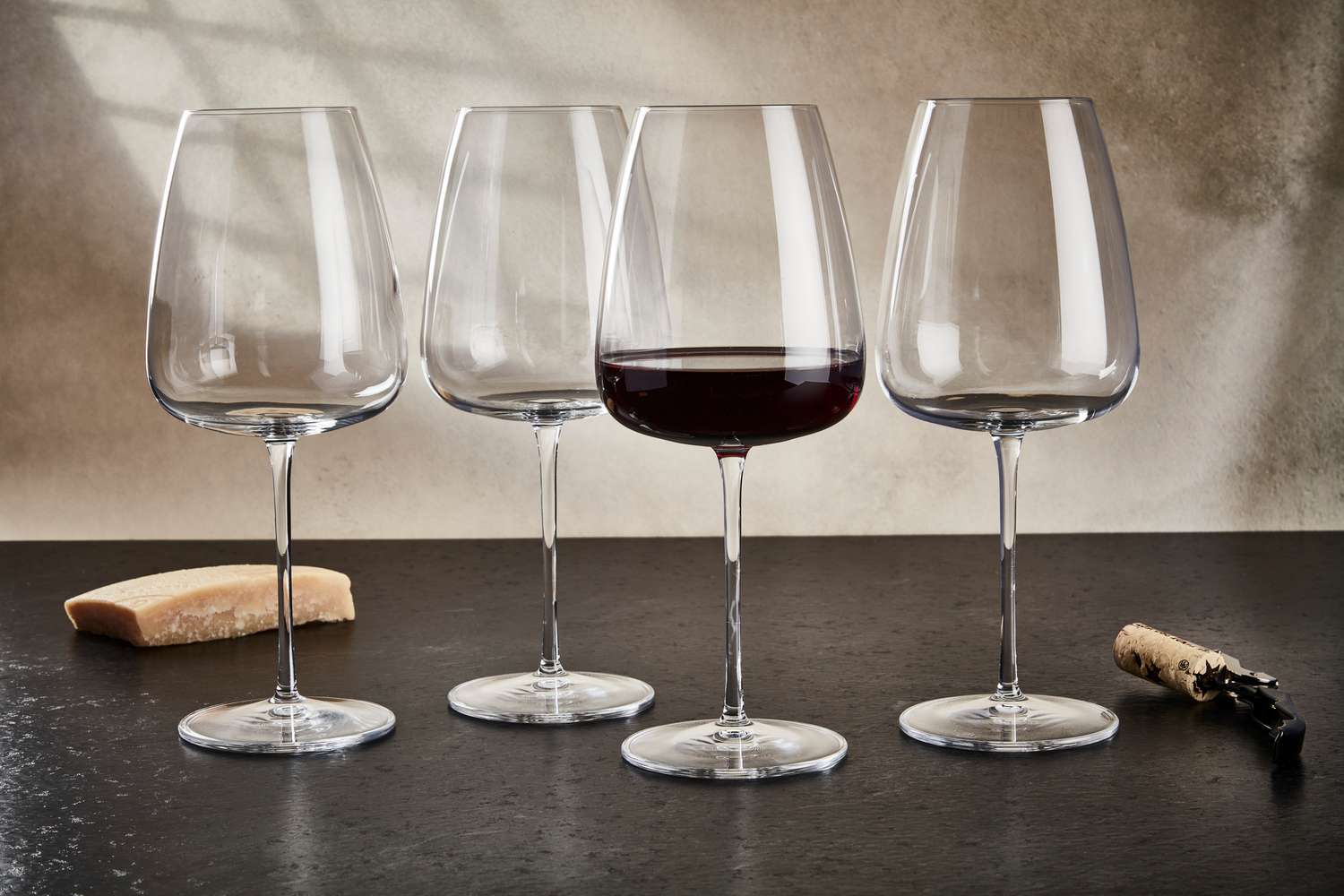
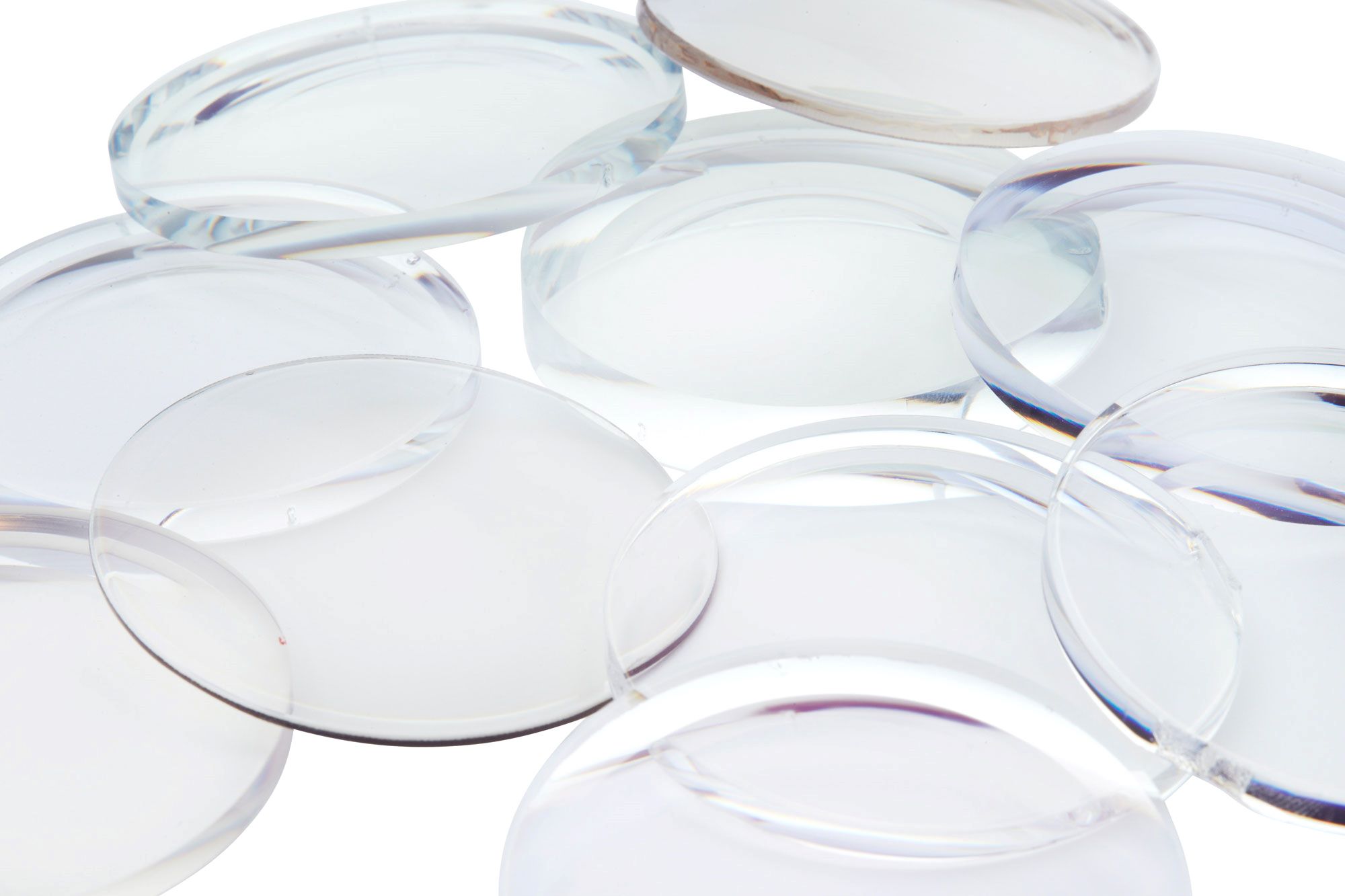

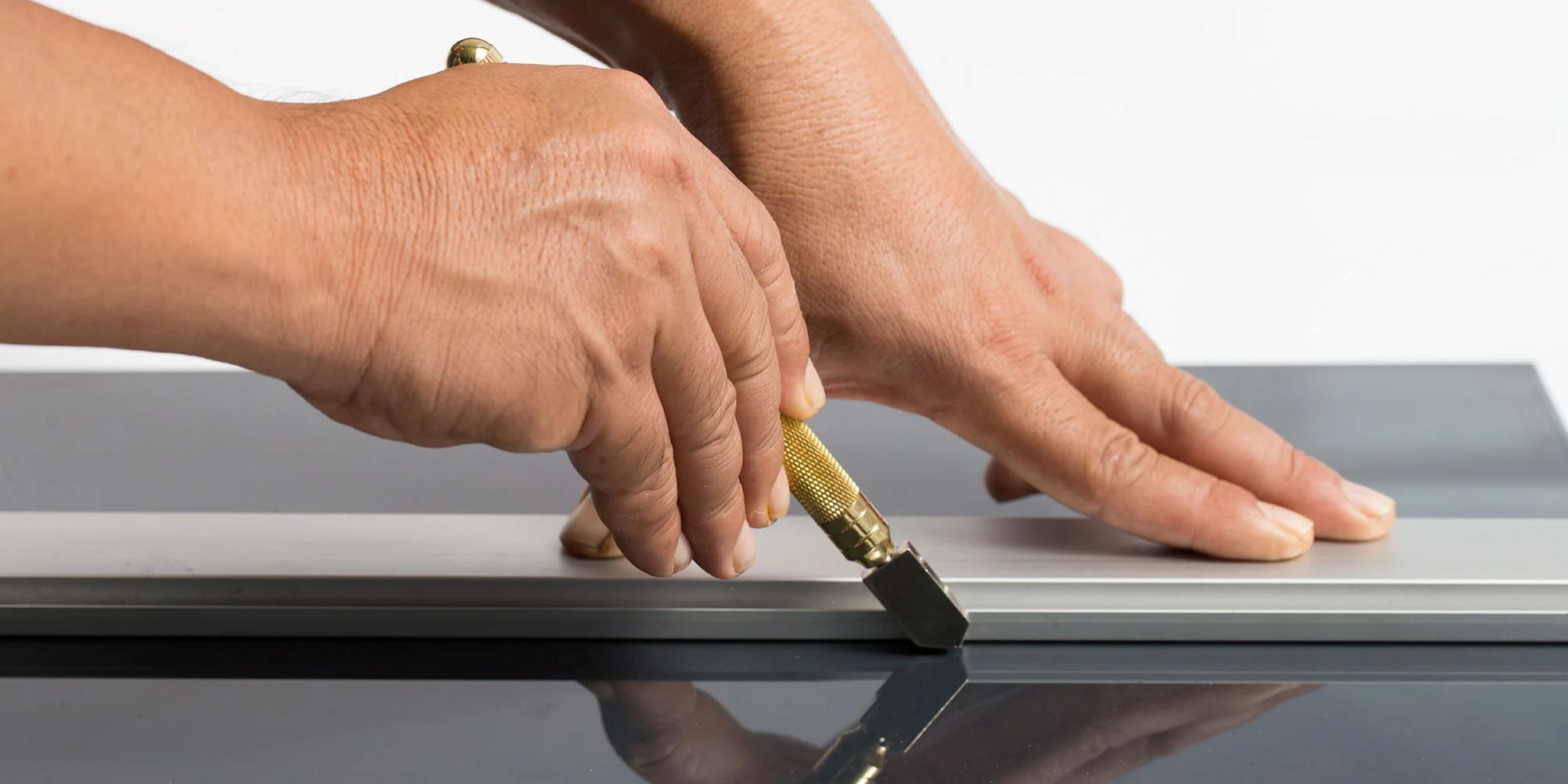

0 thoughts on “How Beach Glass Is Made”